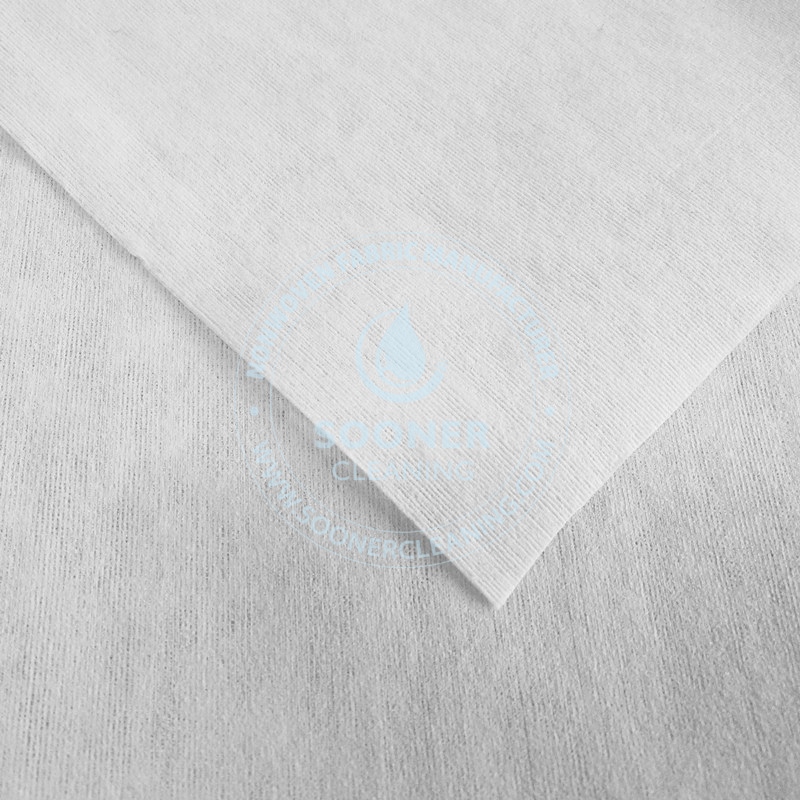More than 3 million tonnes of non-biodegradable personal care waste (e.g. wet wipes, sanitary napkins) are produced globally every year, with plastic fibre pollution threatening marine ecology. The creation of Flushable Nonwoven is driving the personal care industry from ‘convenience first’ to ‘sustainability first’. In this article, we will unveil its technological breakthroughs, market impact and future trends.

1. Core Advantages of Dispersible Nonwoven Fabrics
(1) Material Science Breakthrough
Raw material innovation: the use of
wood pulp and viscose composite fibre technology, to achieve rapid degradation characteristics in the water environment (≤ 2 hours complete disintegration).
Performance benchmarking: water absorption increased by 40% (vs. traditional nonwoven fabrics), tensile strength up to 15N/5cm (GB/T 24218 standard).
(2) Environmental value
Rapid degradation: 28-day degradation rate of over 95% under sewage treatment plant conditions.
Plastic reduction results: a single wet wipe product can reduce the amount of plastic by 70% (P&G 2023 report).
2. Disruptive applications in the personal care industry
Product Categories
|
Conventional Material Pain Points
|
Flushable Solution Advantages
|
Baby wipes
|
Plastic fibres clogging up drains
|
Flushable design, certified by IWFG (International Flushability Standard)
|
Feminine sanitary napkins
|
500-year degradation cycle
|
Plant-based surface layer + dispersible absorbent core reduces degradation time to 6 months.
|
Adult incontinence care
|
landfill contamination
|
dispersible backsheet + highly absorbent resin, 90% reduction in solid waste
|
3. Three Driving Forces for Industry Change
(1) Policy Compulsion
EU SUP ban: Plastic-containing wipes will be banned from 2025.
China's ‘double carbon’ target: personal care companies need to submit biodegradable material substitution plans.
(2) Consumer awakening
73% of millennials are willing to pay a premium for eco-friendly care products (Nielsen 2023).
Social media has driven the #PlasticFreeBeauty hashtag over 5 billion times.
(3) Technological Innovations
Nanofibre coating: improves the strength of wipes while maintaining dispersibility.
Intelligent dispersion technology: triggers fibre decomposition through pH value.
4. Future Trends: Technical Challenges and Opportunities
Cost optimisation: PLA raw material price needs to be reduced from 2.5/kg to 2.5/kg to less than 1.8/kg (against traditional PP).
Balance of performance: Develop grease-resistant dispersible materials (demand for food and beverage wipes is surging).
Policy synergy: Establishment of globally harmonised dispersibility testing standards (ISO/NWRI collaboration in progress).
5. Redefining the Boundaries of ‘Cleanliness’
Dispersible nonwovens are not only a material innovation, but also a key infrastructure for the sustainable development of the personal care industry. With technology iteration and consumer upgrades, traditional plastic-based products may be completely phased out in the next decade, ushering in a true zero-waste era.

